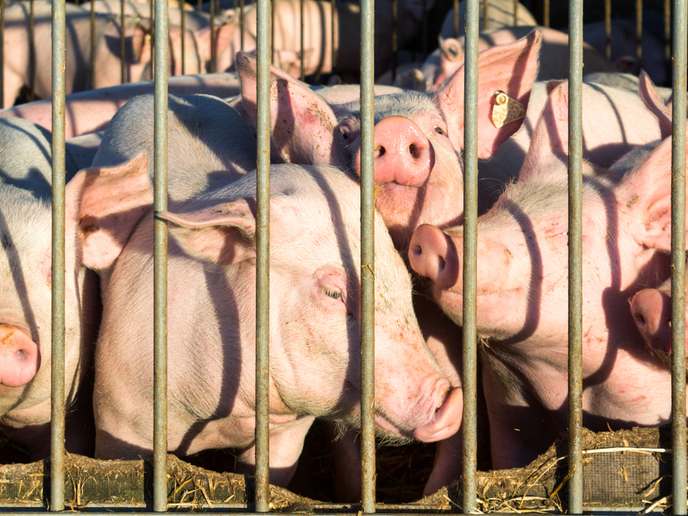New insights into bluetongue disease
Bluetongue (BT) is a viral disease that affects livestock worldwide, including sheep, cattle, camels, deer and goats. Caused by the bluetongue virus (BTV) and spread via biting midges, if BT doesn’t kill an animal, it can still reduce production of meat, milk and offspring. This, along with trade restrictions that follow a BT outbreak and the costs of surveillance, vaccines and testing to prove eradication of the disease, results in significant economic losses to the farming industry. One thing that makes the disease particularly complex is the BTV genome. The genome is composed of 10 segments of double-stranded RNA, each of which encodes one or more of the viral proteins. “This segmentation allows the virus to easily exchange genome segments between strains during co-infections, rapidly creating new variants with new disease risks,” says Peter Mertens(opens in new window), a virologist at the University of Nottingham(opens in new window). “Over 30 distinct serotypes of BTV have been identified, several of which can co-circulate in endemic and outbreak regions.” With the support of the EU-funded PALE-Blu project(opens in new window), Mertens is leading a major effort to better understand the underlying disease and improve techniques for the rapid and accurate monitoring and control of the virus. “This is a large project bringing together partners from across Europe, the Mediterranean and Africa,” explains Mertens. “Together, we set out to provide new data sets, reagents and resources concerning the BTV itself and its interactions with both mammalian hosts and insect vector species.”
Understanding replication, transmission and epidemiology
According to Mertens, the culmination of the project’s work is a greater understanding of BTV replication, transmission and epidemiology. “Not only do we now better understand the risks of further BT outbreaks and their spread but, perhaps more importantly, we have new methods and tools to control them,” he adds. Two important developments are rapid BTV genome sequencing technologies and the BTV-Glue website(opens in new window). Together, these support the detection, rapid identification and further characterisation of different BTV strains. “This helps us determine the ancestry, origins and movement of individual BTV strains causing different outbreaks,” notes Mertens. Furthermore, the project has produced significant new insights concerning the disease. For instance, by analysing the evolution rates of BTV strains causing recent outbreaks in France, the project showed that evolution of the virus was ‘frozen’ between the outbreak periods. “It has been suggested that BTV could have re-emerged as a result of artificial insemination using frozen semen,” says Mertens. Researchers found several previously unknown strains of BTV in Mongolia, the Middle East and the Mediterranean. “Although most have low virulence, several of these viruses may not require insect vectors and instead could be transmitted directly between mammalian hosts,” notes Mertens. “This could have a major impact on how the disease spreads, allowing outbreaks to occur even during times of the year when insect vectors are absent.” The project also made headway in terms of mitigating the risk of an outbreak. For example, an improved diagnostic array was developed to enhance virus strain detection and identification. Researchers also discovered a component of the insect-vector saliva that could stimulate the immune response in infected animals. “The project has developed novel vaccine candidates and identified individual BTV proteins that generate cross-serotype protection, representing important first steps towards a cross-serotype vaccine that would better protect livestock – and agriculture industries – from the effects of BT disease,” concludes Mertens.







